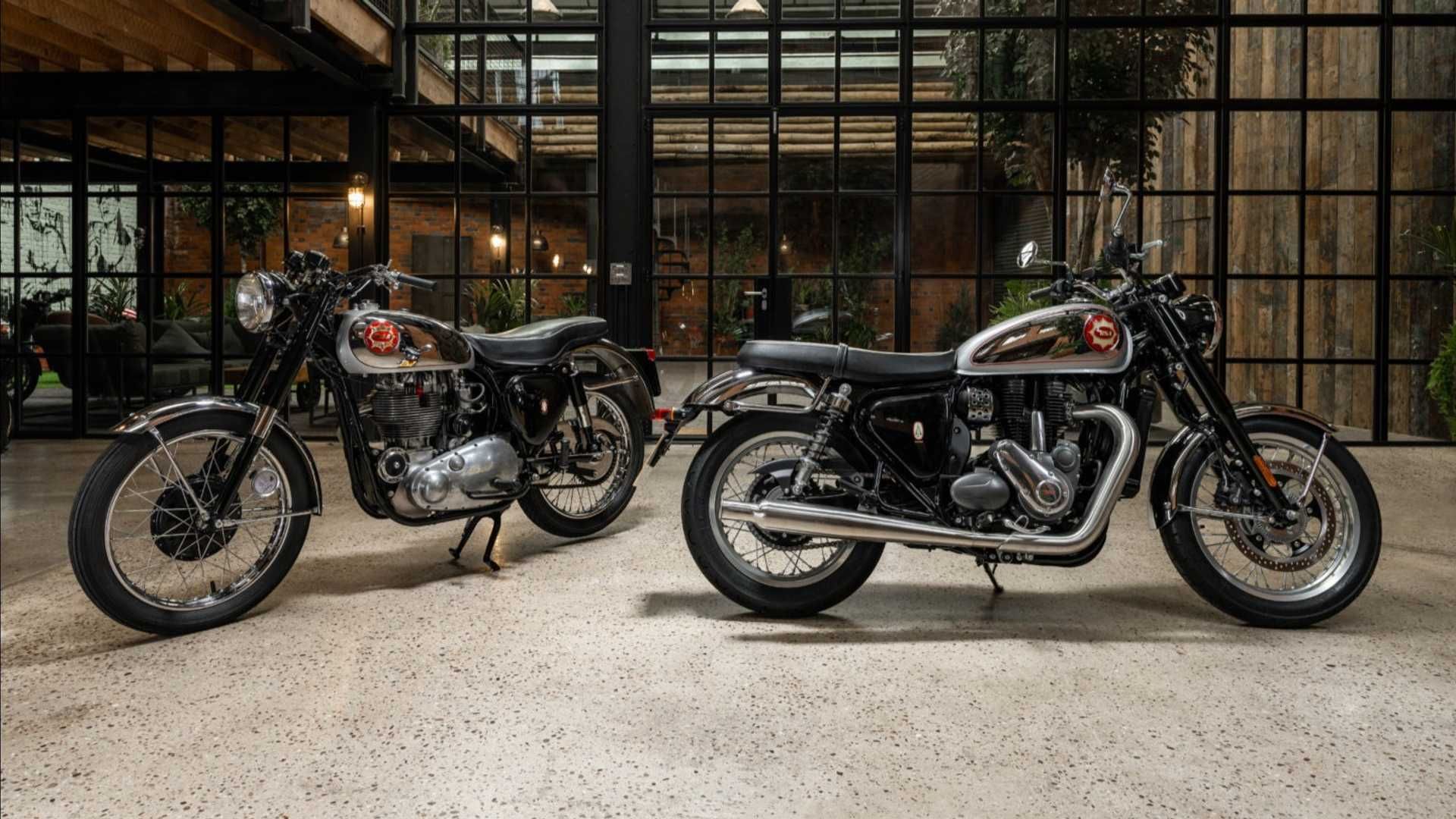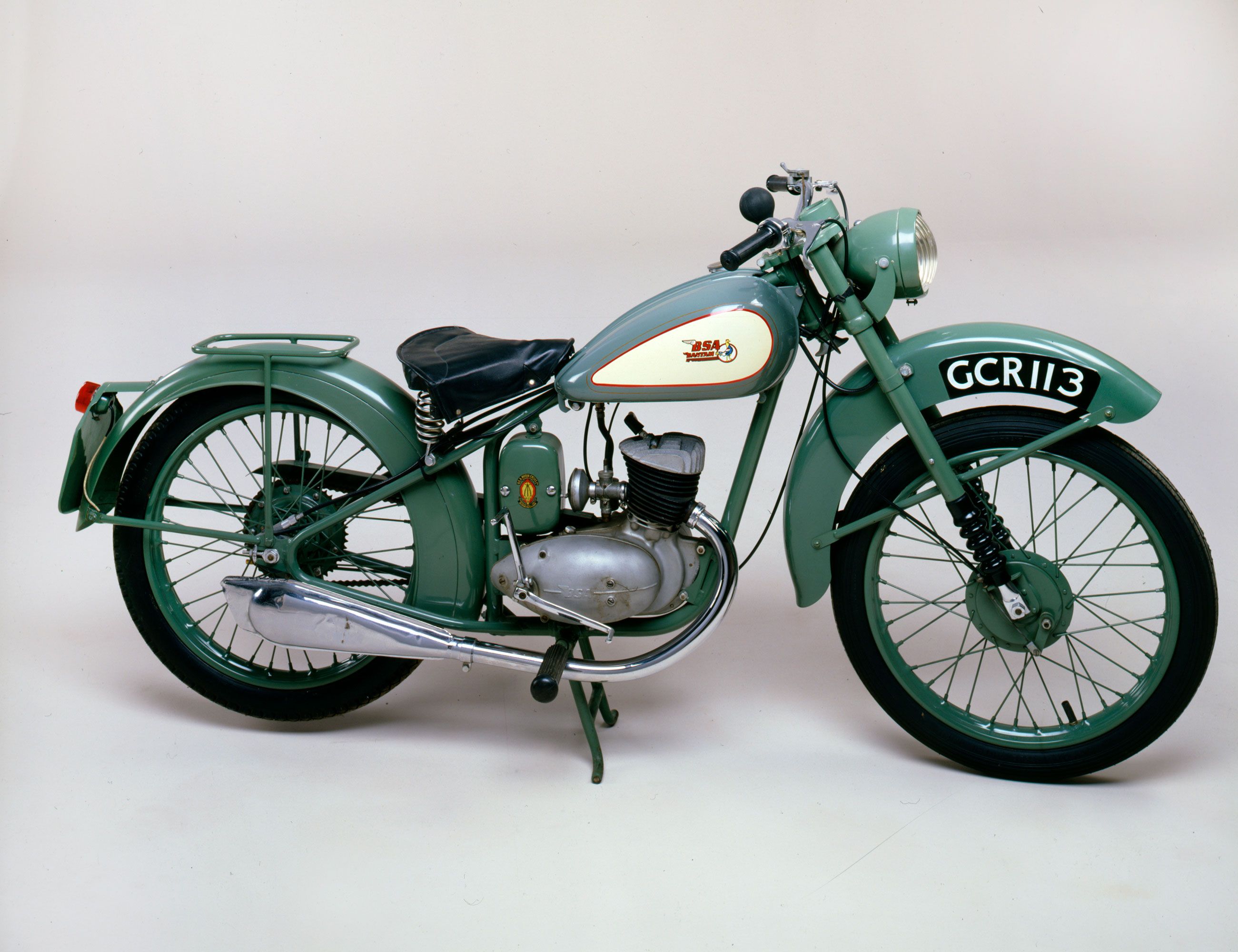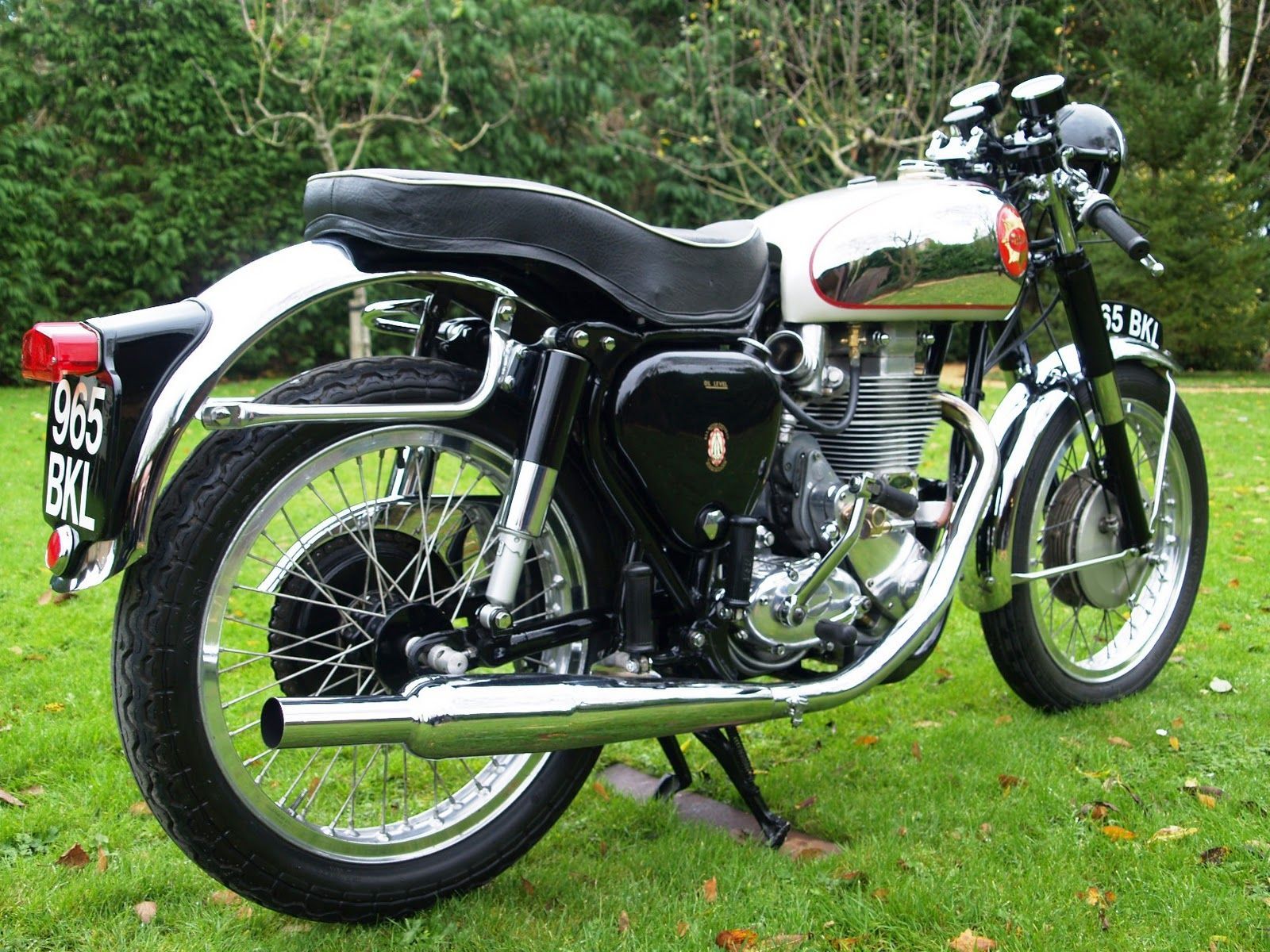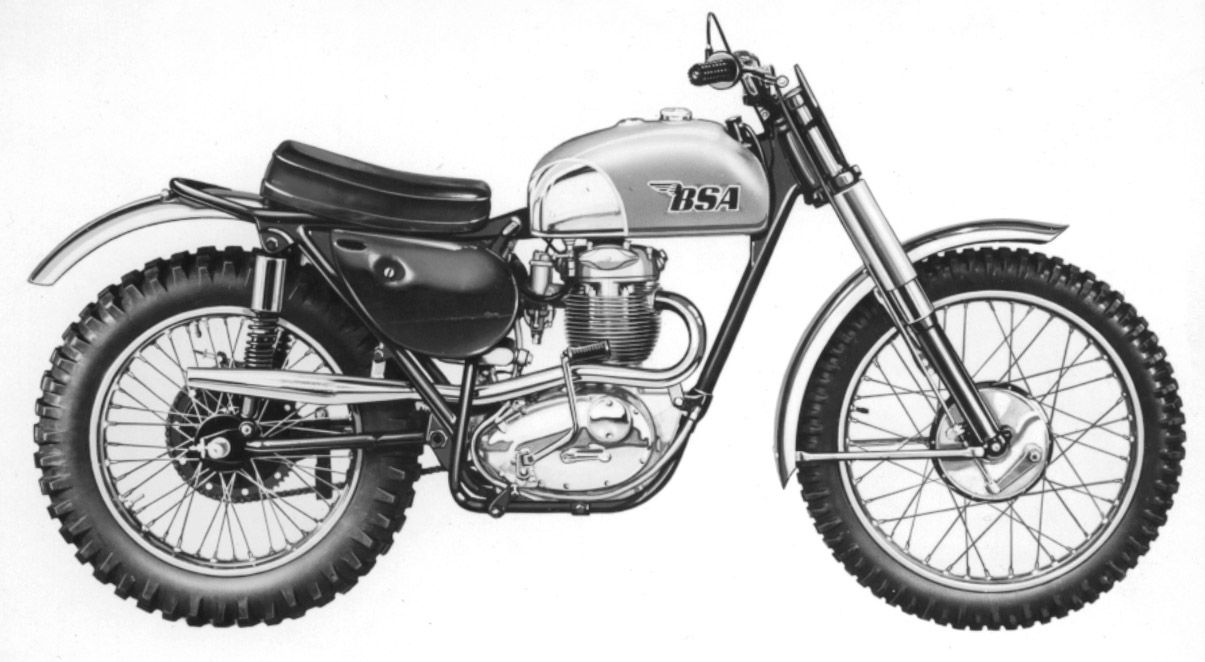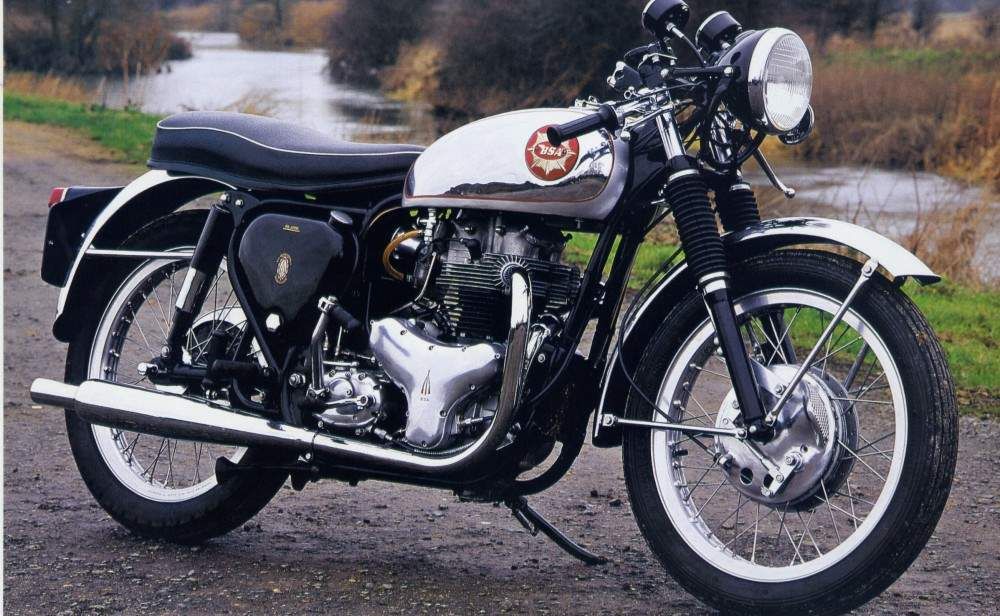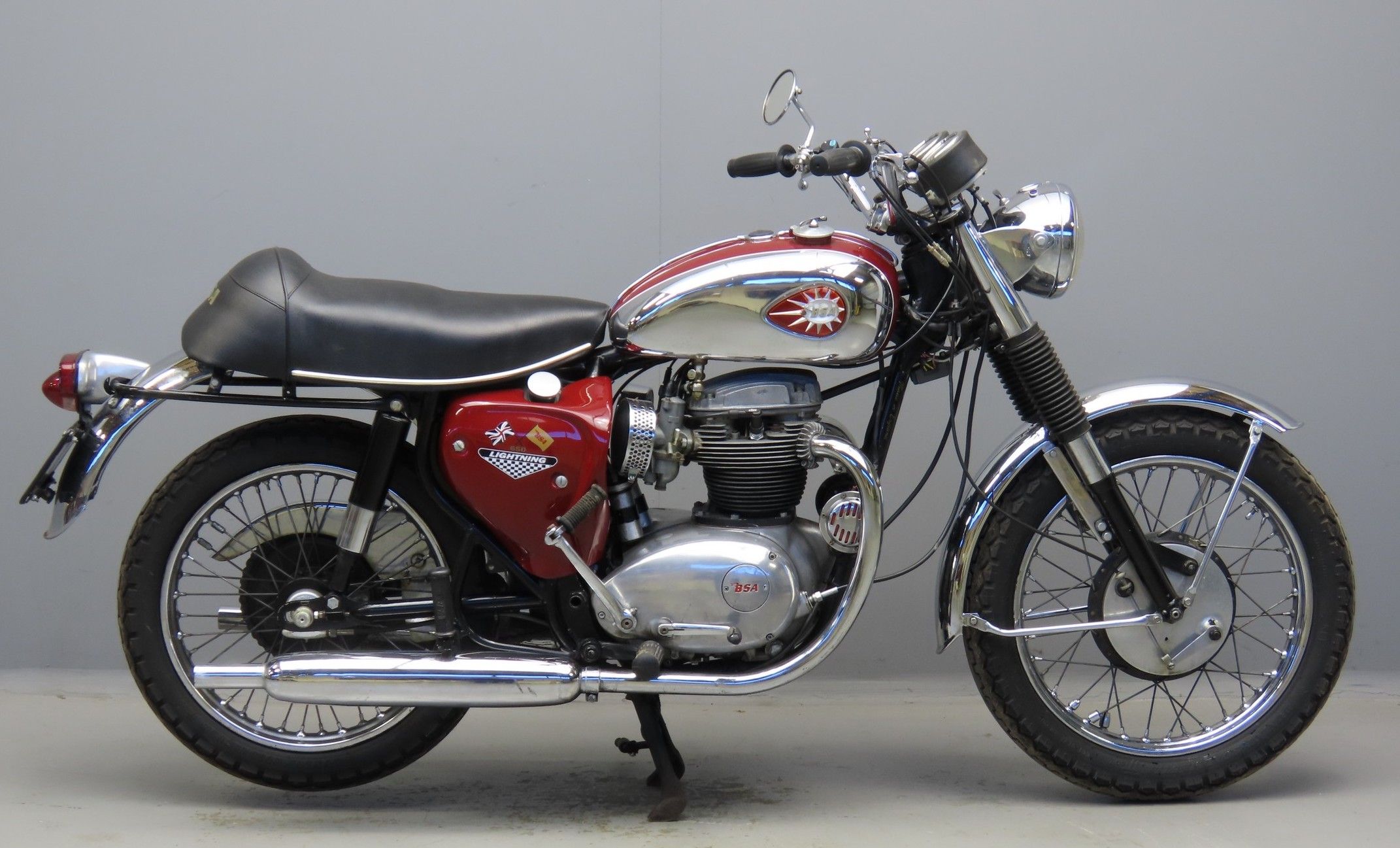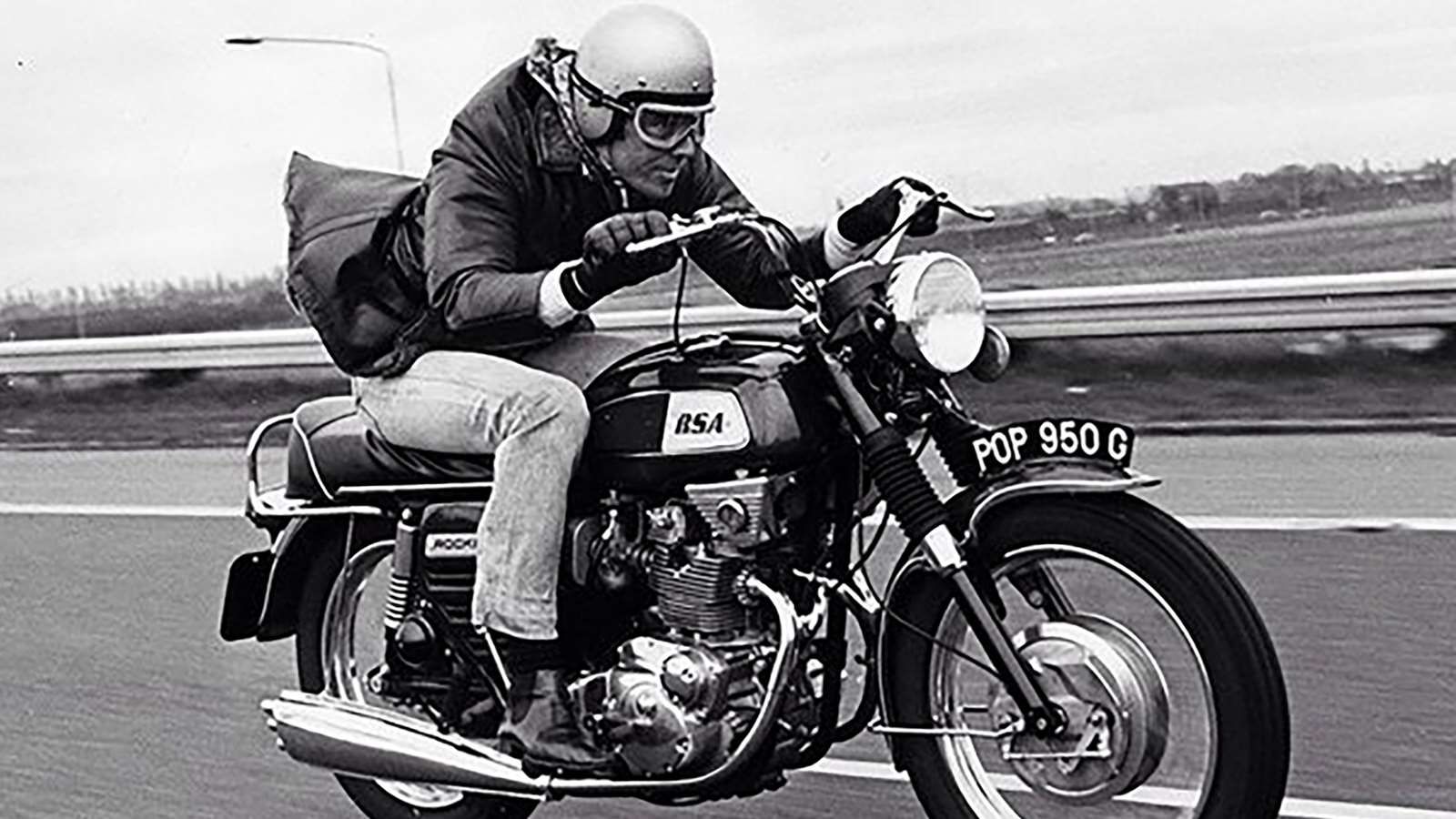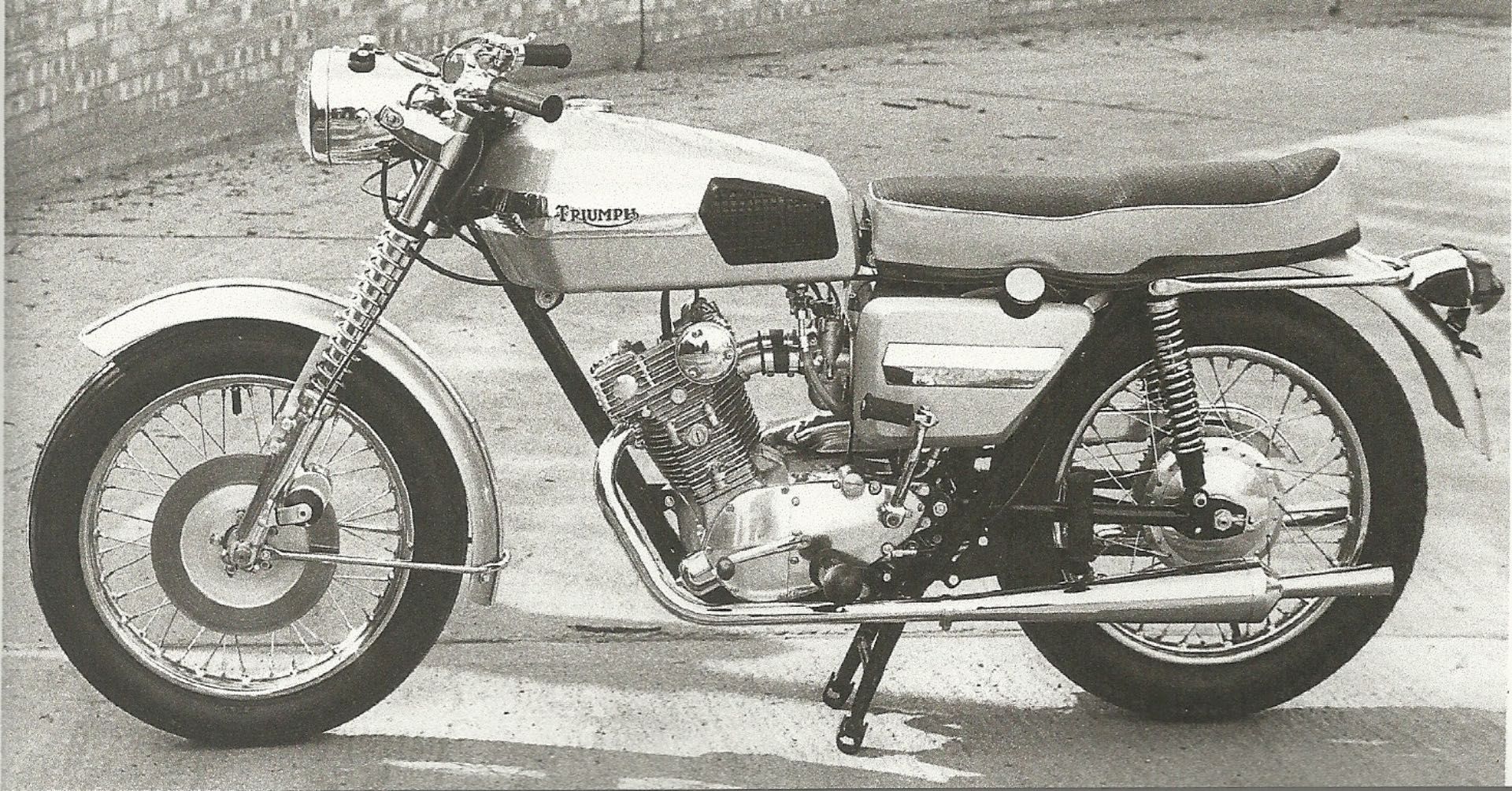The Birmingham Small Arms company was formed in 1861 by a consortium of gunsmiths with the aim of manufacturing guns in large quantities by the use of machinery at the expense of skilled craftsmen. In 1880, the company branched out into bicycle manufacture, the skill of accurately manufacturing large quantities of standard parts for guns translating well into doing the same for bicycle parts.
Motorcycle production only commenced in 1910, seven years after Triumph and, from that point onwards, the BSA Group would grow to be one of the biggest in Britain, eventually owning Triumph, Ariel and Sunbeam from the 50s, before collapsing in the early 70s, along with the last vestiges of the once-mighty British motorcycle industry. Despite having a more workmanlike image than its motorcycle manufacturing rivals, BSA produced some of the most iconic motorcycles of its time. Now, with the resurrection of the BSA name, it is appropriate to look back on some of those great motorcycles.
10 BSA Bantam (1948 - 1971)
The diminutive BSA Bantam was hugely successful for the BSA motorcycle company, with some estimates putting production figures at 500,000. The Bantam was based on a German DKW design, the RT 125, that came to BSA as part of war reparations and went into production in 1948. Powered by a single-cylinder, two-stroke engine, initially of 125cc but later increasing to 150cc and then 175cc, it was nothing but a workhorse motorcycle, with none of the glamour of the parallel-twin engined sports and touring models, but the Bantam helped BSA become, according to their own advertising material, ‘The Largest Motorcycle Manufacturer in the World.’
9 BSA Gold Star (1938 - 1963)
Produced in vastly smaller numbers than the Bantam but equally important in the story of BSA is the immortal Gold Star. Produced from 1938 to 1963 in both 350cc and 500cc single-cylinder versions, the Gold Star was a mainstay of British motorcycle racing for all of its life. The ‘Star’ name was already in BSA’s catalog after racer Wal Handley lapped the Brooklands circuit in England at over 100mph on an Empire Star model, earning him and the bike a coveted Gold Star badge.
BSA thus had the name for its next model, which was to be a sporting model. Most desirable of all Gold Stars is the 1956-onwards DBD34, 500cc model, with clip-on handlebars and a top speed of 110mph. It immediately became the stuff of dreams for every red-blooded kid who was obsessed with motorcycles. A measure of the design’s versatility was the fact that a trials and scrambler version was also marketed and proved just as successful as the road-racing version.
8 BSA B44 - B50 (1964 - 1971)
BSA’s range of single-cylinder ‘bread and butter’ motorcycles was surprisingly hugely successful in off-road racing, including the then-new sport of scrambling (soon to become known as motocross). The 350-450cc ‘B’ series engines might have been heavy but were reliable and rugged, with excellent low-down torque to help riders plug through mud and over obstacles.
It was an adaptable design, being used in successful road and other competition forms, such as trials. But the troubles of BSA caught up with the model, BSA pulling out of competition in 1971, selling all the left-over parts to Alan Clews, who founded CCM (Clews Competition Motorcycles) which continues as a motorcycle manufacturer to this day.
7 BSA A10 Super Rocket (1958 - 1963)
By the late 50s, performance was selling motorcycles as much as practicality and the A10 Super Rocket was BSA’s attempt at keeping up with great rivals Triumph and Norton. However, the engine could not match the Triumph, especially when the twin-carburetor Bonneville appeared in 1959, nor could it match the Norton ‘Featherbed’ frame for handling, but that didn’t affect sales too badly as BSA had an excellent reputation for reliability, while the looks weren’t far off those of the svelte Triumph. Because of BSA’s huge manufacturing output, prices could also be kept low, making the Super Rocket even more attractive.
6 BSA A10 Rocket Gold Star (1962 - 1963)
The last version of BSA’s aging A10, pre-unit construction (separate engine and transmission) parallel twin engine, still trying to keep up with Triumph and Norton. Trading on the success of the Gold Star name, the engine was tuned to give 46 horsepower, which could be raised to 50 horsepower with a race exhaust fitted. The frame was a modified version of the Gold Star’s and this model was as much a favorite with the ‘ton-up’ boys as any Triumph or Norton. In production for a single year, only 1,584 were built before the unit construction BSA engine appeared.
5 BSA A65 (1964 - 1972)
Following Triumph’s lead in 1963, BSA launched its new unit-construction engine in 1964, in both 500cc (A50) and 650cc (A65) forms. Fondly nicknamed the ‘Power Egg,’ due to its egg-shaped crankcase/transmission covers, the engine produced 49 horsepower - a good match for the Triumph - and had a particularly clean design.
Despite models bearing the names Thunderbolt (single carburetor), Lightning (twin carburetor) and Spitfire (high-performance), Triumph still outperformed BSA in this class, although the A65 in all its forms was just as good a motorcycle and sold in much larger numbers, with America being an important market, just as it was for all British manufacturers in the 60s.
4 BSA B25 Starfire (1968 - 1971)
More than any other of the major British manufacturers in the 50s and 60s, BSA manufactured a huge range of single-cylinder motorcycles for basic transportation needs, and it is these that helped BSA become the largest British manufacturer of motorcycles in this period. Throughout the 60s, the American market was massively important and BSA created the Starfire specifically for that market.
At that point, off-road lightweights were enjoying huge popularity, and even though they were thinly disguised road models, they sold well. The Starfire had a 250cc four-stroke engine pushing out around 20 horsepower and nominally off-road styling, with a high-mounted exhaust. By this time, however, the Japanese influence was being felt, and contemporary Japanese designs were more powerful, and crucially, less expensive. The Starfire is notable for being the last of the BSA 250cc singles.
3 BSA Rocket lll (1969 - 1972)
By the late 60s, Triumph and BSA were part of the same company so many parts, such as frames, were shared between the two companies, although engines remained separate. That all changed with the arrival of the BSA Rocket lll/Triumph Trident, a 750cc three-cylinder model. While the Triumph had upright cylinders, those on the BSA were slanted forward, but neither engine was free from significant teething troubles caused by rushing the engine into production, although the engine was certainly powerful and very smooth compared to the parallel twin designs then prevalent. Early styling was boxy and not well-received and the BSA would disappear in 1972, while the Triumph soldiered on until 1976, with much improved styling. The last great hurrah of the British motorcycle industry, the Rocket lll unfortunately arrived at the same time as the Honda CB750, which re-wrote the rule book and helped drive the last nail into the coffin of the British industry.
2 BSA Fury (1970)
The demise of the British motorcycle industry can be laid firmly at the feet of the management for not seeing the potential of new designs engineers such as Doug Hele and Bert Hopwood were conceiving in the 60s. Hele and Hopwood designed a modular engine, which could have two, four or even five cylinders. The Fury was going to be the twin-cylinder version and was a 350cc, double-overhead-camshaft engine, producing 35 horsepower and capable of 110mph. This engine would have enabled the BSA and Triumph to compete with lightweight Japanese models coming onto the market in increasing numbers, but BSA collapsed before it could move beyond the prototype stage.
1 BSA Gold Star 650 (2022-onwards)
With Triumph well-established and Norton also making a comeback, the time was ripe for the BSA name to also reappear. Now under the ownership of Indian company Mahindra, the famous name made its reappearance in 2022, the logo attached to the distinctly retro tank of the new Gold Star 650.
Definitely not a racing copy of the original Gold Star, the new model is a softly sporting roadster in the vein of the Triumph Bonneville, but retaining a much more authentic air, as if it has just stepped out of a 50s showroom. Powered by a 650cc single cylinder engine producing 45 horsepower, there are concessions to modernity in fuel injection, electric start and ABS, but overall, the new Gold Star offers simple fun without pretending to match historic rival Triumph.

